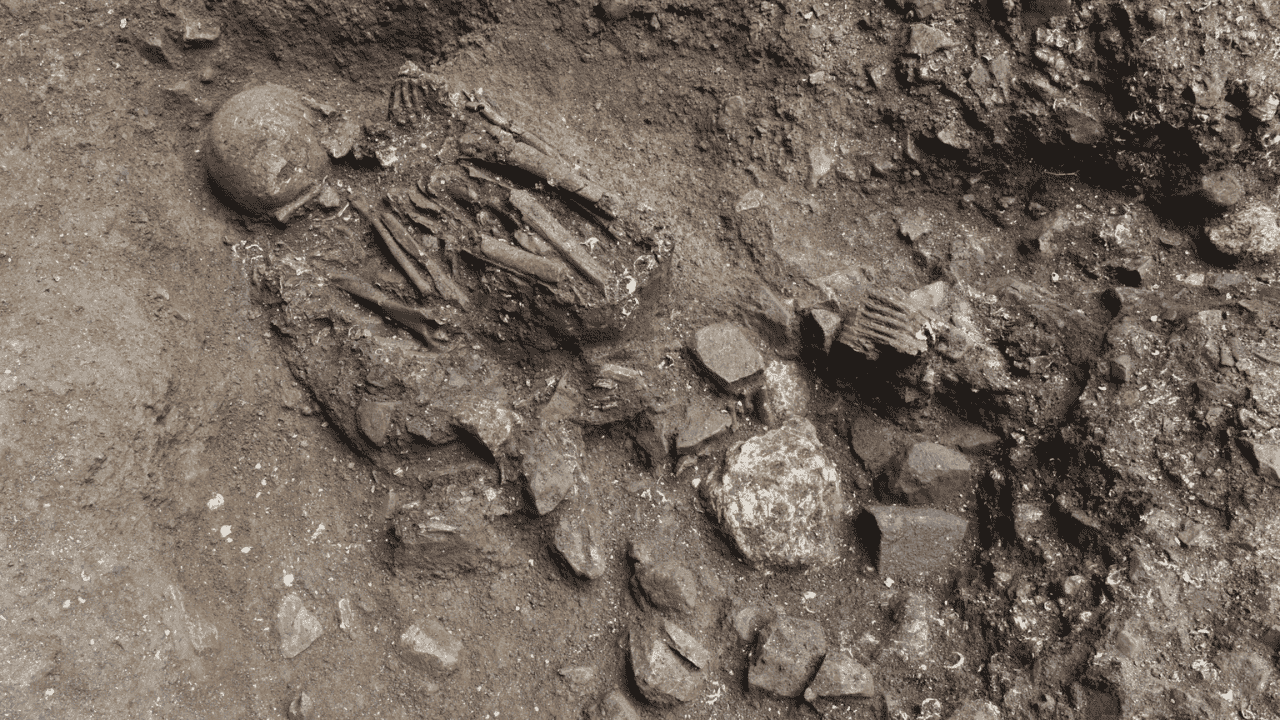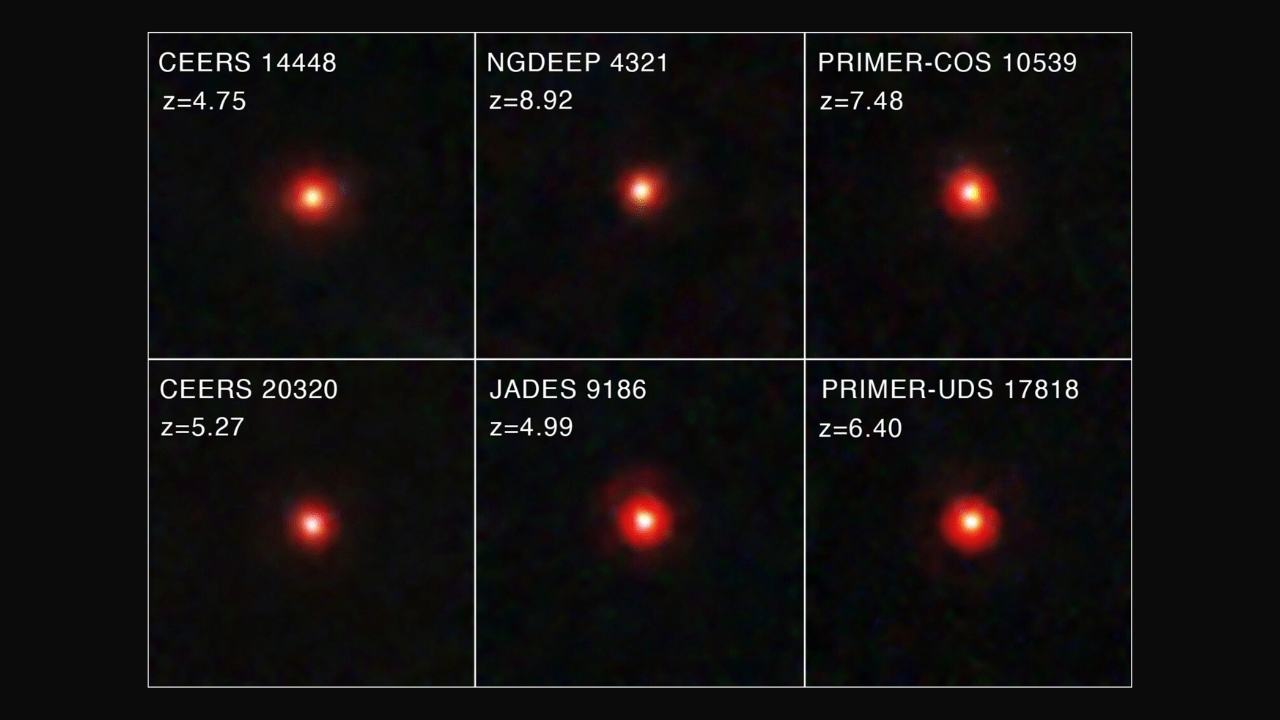A recent study has uncovered a surprising chapter in East Asia’s deep past by analyzing DNA from a 7,100-year-old skeleton unearthed in Yunnan province, China. Researchers sequenced the genome of an early Neolithic woman, referred to as Xingyi_EN, and discovered evidence of a previously unknown human group—often called a “ghost” lineage—that had been hypothesized but never directly observed until now. Gadgets 360 Live Science
Radiocarbon dating shows that Xingyi_EN lived around 7,100 years ago during the Early Neolithic period, and isotope tests suggest she subsisted as a hunter-gatherer, without the benefits of agriculture or settled village life. Gadgets 360 Her remains were excavated from the Xingyi archaeological site in southwestern China’s Yunnan province, a region celebrated today for its rich tapestry of ethnic groups and languages. Gadgets 360 Live Science
Genetic analysis revealed that Xingyi_EN’s DNA did not match any known Neanderthal or Denisovan sequences, nor did it fully align with modern East or South Asian populations. Instead, her genome belonged to a deeply divergent lineage now termed the “Basal Asian Xingyi” ancestry. Gadgets 360 Live Science Scientists estimate this lineage branched off from other modern human groups over 40,000 years ago and remained isolated for millennia, leaving no direct descendants until it was detected in her remains. Live Science Daily Galaxy
Perhaps most intriguingly, this long-hidden lineage appears to have contributed genetic material to modern Tibetan populations. Previous research had hinted that Tibetans possess a unique ancestral component not found elsewhere in East Asia; the discovery of Xingyi_EN’s genome provides the first physical evidence linking that “ghost” ancestry to an ancient population in Yunnan. Gadgets 360 Live Science By revealing this connection, the study offers new insight into how high-altitude communities on the Tibetan Plateau may have formed through complex waves of migration and interbreeding. Live Science Daily Galaxy
The research team did not limit their investigation to a single skeleton. Instead, they analyzed 127 ancient human genomes spanning roughly 1,400 to 7,150 years ago, all from southwestern China. Gadgets 360 Live Science Their findings underscore Yunnan’s role as a reservoir of deep genetic diversity. In addition to the Basal Asian Xingyi lineage, they identified a separate Central Yunnan ancestry connected to early Austroasiatic-speaking populations—groups that eventually spread throughout parts of Southeast Asia. Gadgets 360 Live Science
The discovery reshapes our understanding of prehistoric human migrations in East and Southeast Asia. Rather than a simple north–south flow of peoples, the evidence points to multiple, overlapping population movements and interactions that left a patchwork of genetic signals across the region. Gadgets 360Live Science For instance, while Tibetans retain a substantial component from northern East Asians, the newly identified ghost ancestry from Yunnan accounts for genetic affinities unique to high-altitude communities. Live Science Daily Galaxy
Beyond its implications for Tibetan origins, the study highlights how regions with high present-day diversity—like Yunnan—can hold clues to human history that lie hidden in the archaeological record. As sequencing technologies advance and more ancient remains are sampled, we may uncover additional “ghost” populations whose genetic legacies persist in surprising ways. Gadgets 360 Live Science
Ultimately, the research into Xingyi_EN and her unusual ancestry emphasizes the complexity of human evolution. By illuminating gene flows that occurred thousands of years ago, scientists can better reconstruct how different groups intermingled, adapted, and spread across Asia. The findings, published in the journal Science, mark a milestone in mapping the intricate mosaic of human prehistory in East and Southeast Asia, revealing that some of our ancestors’ stories remained hidden—until now. Gadgets 360 Live Science

















